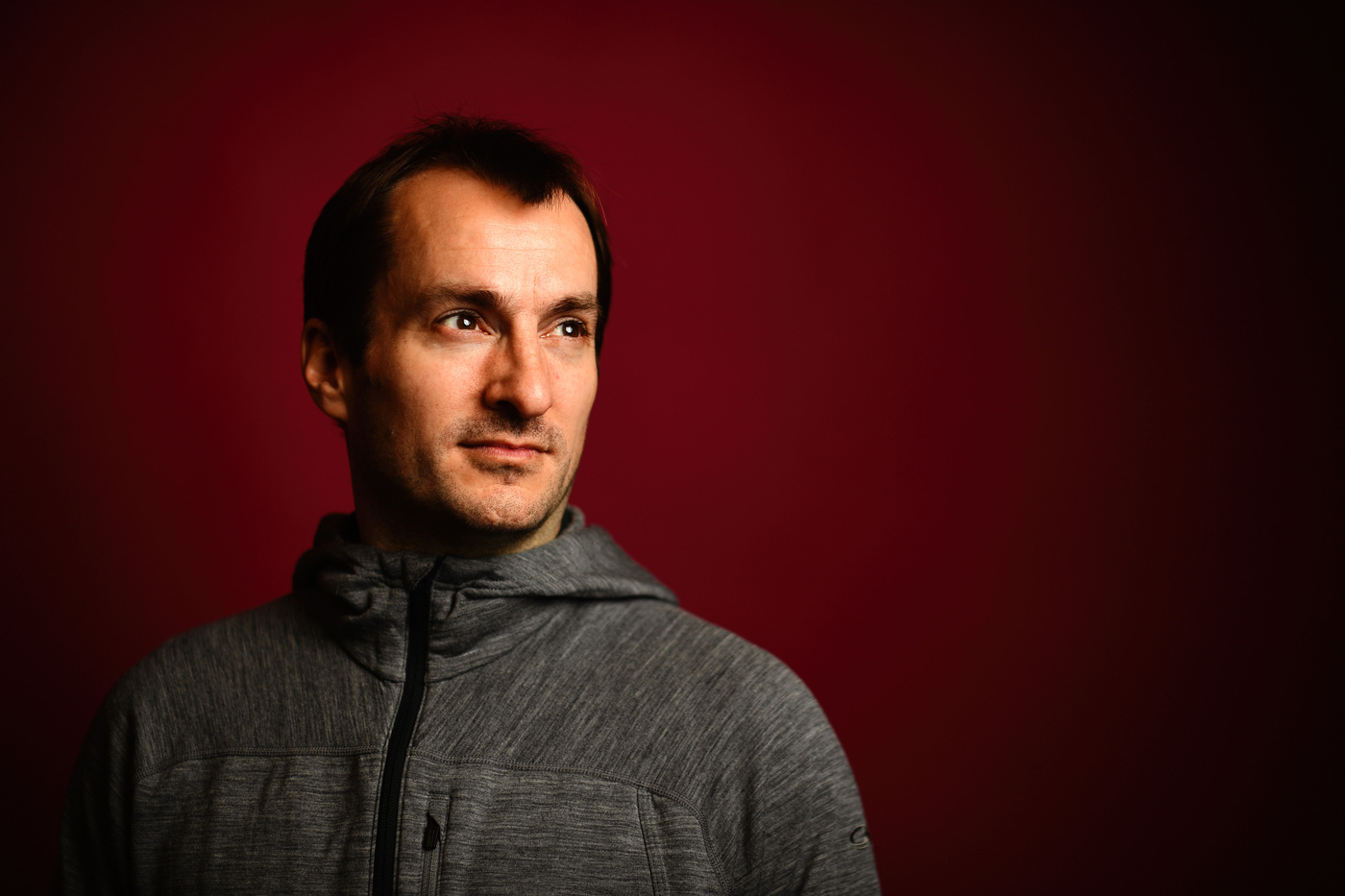When Aron Stubbins first arrived in Boston during the first week of January 2018, he received a snowy and cold welcome. It was a big adjustment from the weather at his previous home at the Skidaway Institute of Oceanography in Savannah, Georgia.
“We had to go out and buy new coats,” Stubbins said of his first impressions of Boston.
Luckily, Stubbins is used to working in a variety of environments. A new appointee in Northeastern’s Marine and Environmental Sciences (MES) department, Stubbins studies how the carbon cycle plays out in natural aquatic environments – from rivers to lakes to oceans. While his main appointment is in MES, Stubbins holds joint appointments in the departments of both Civil and Environmental Engineering and Chemistry. He said working across these fields is almost like speaking three different languages.
The overall goal of his research is to understand how carbon and water work together. The core questions depend on the system under scrutiny. For example, Stubbins is attempting to understand “what makes rivers brown” by studying the mixture of organic materials known as dissolved organic matter (DOM) that make up rivers and the impact they have on river ecosystems. He also studies the carbon that’s stored in our oceans, the carbon stored in permafrost in the Arctic that is beginning to be consumed by bacteria as the temperature warms, and the connectivity that ties aquatic systems together.
Stubbins’ research not only spans far and wide with regard to subject matter, but also geographically. He’s conducted fieldwork all over the world, from the Mississippi River to Tibet and Siberia. He is particularly interested in how humans impact the carbon cycle and either directly or indirectly contribute to climate change.
“There is no way to study the global carbon cycle without equal attention to natural and human systems,” he said. He hopes that his research can help “make human activity more sustainable with respect to the natural carbon cycle.”
Stubbins has received a number of accolades from the scientific community throughout his career. Most recently, he was named a 2017 fellow for the Association for the Sciences of Limnology and Oceanography (ASLO) for his contributions to ocean science. He was honored at the 2018 Ocean Sciences Meeting in Portland, Oregon, in February, where he also presented some of his recent research findings.
Stubbins comes to Boston with a small research team in tow: two PhD students – Christina Codden and Kevin Ryan – and Sasha Wagner, who is a postdoctoral researcher. They’re excited about Northeastern’s capacity for increased interdisciplinary collaboration. He will also have an appointment within Northeastern’s Coastal Sustainability Institute, which was established in 2017 “to produce transformative science, engineering and policy solutions for the benefit of urban coastal cities around the world.” He will begin teaching in January 2019, and in the meantime, hopes to recruit both undergraduate and graduate students to work in his lab.
The study of dissolved organic matter and the carbon cycle is a fairly new field, which continues to garner attention as the effects of anthropogenic climate change become more evident and the technology to measure dissolved organic matter becomes easier to use. Stubbins is excited to be on the cutting edge of what he calls a “blooming field.”
When he was working on his PhD at Newcastle University between 1998-2002, Stubbins had to read “not much more than a handful of papers” to learn everything there was to know about his area of study. Now, with the way carbon cycle research has grown evolved the past couple of decades, he said he would easily need to read over 1,000 papers to understand the breadth and depth of the field he works in.
When it comes to studying the carbon cycle, Stubbins said, inquisitiveness is key. So is awareness. He’s contributed to a number of projects to help those outside the scientific community understand his work, including a 2017 feature in the Science Journal for Kids.
“It’s important to get an awareness of carbon cycling and the natural world in general,” he said.

